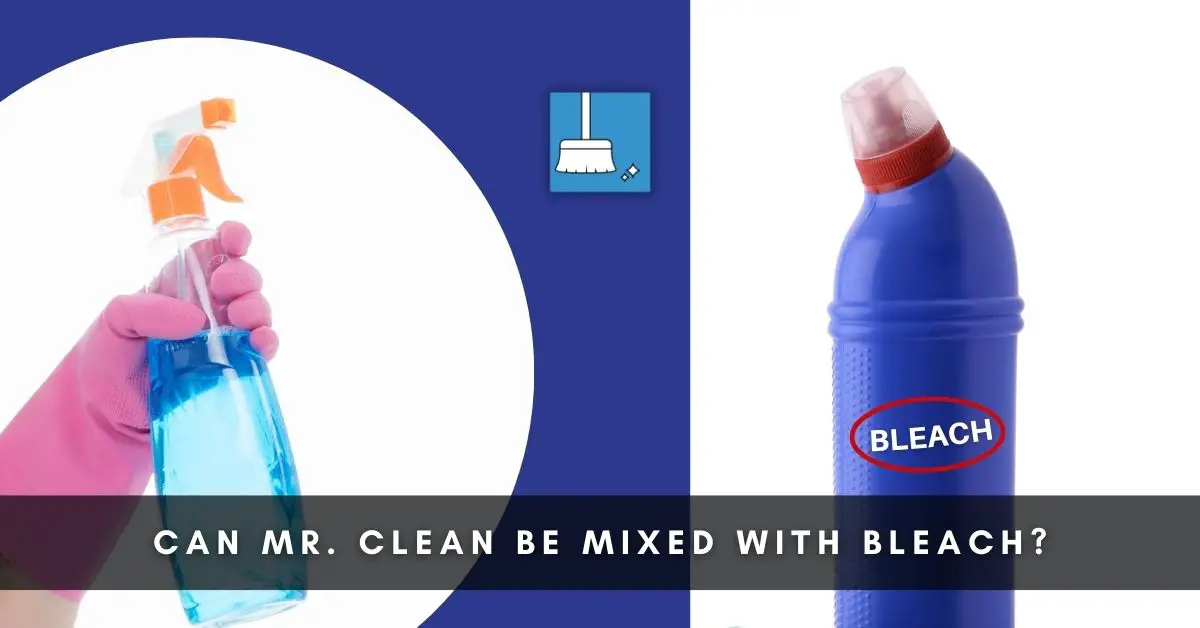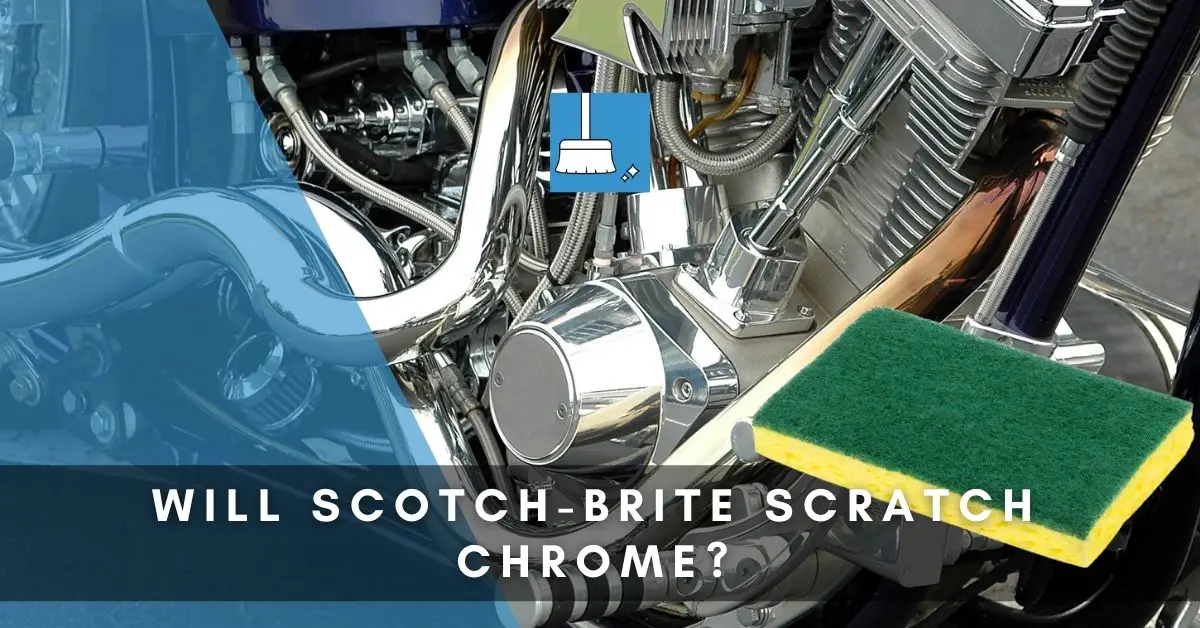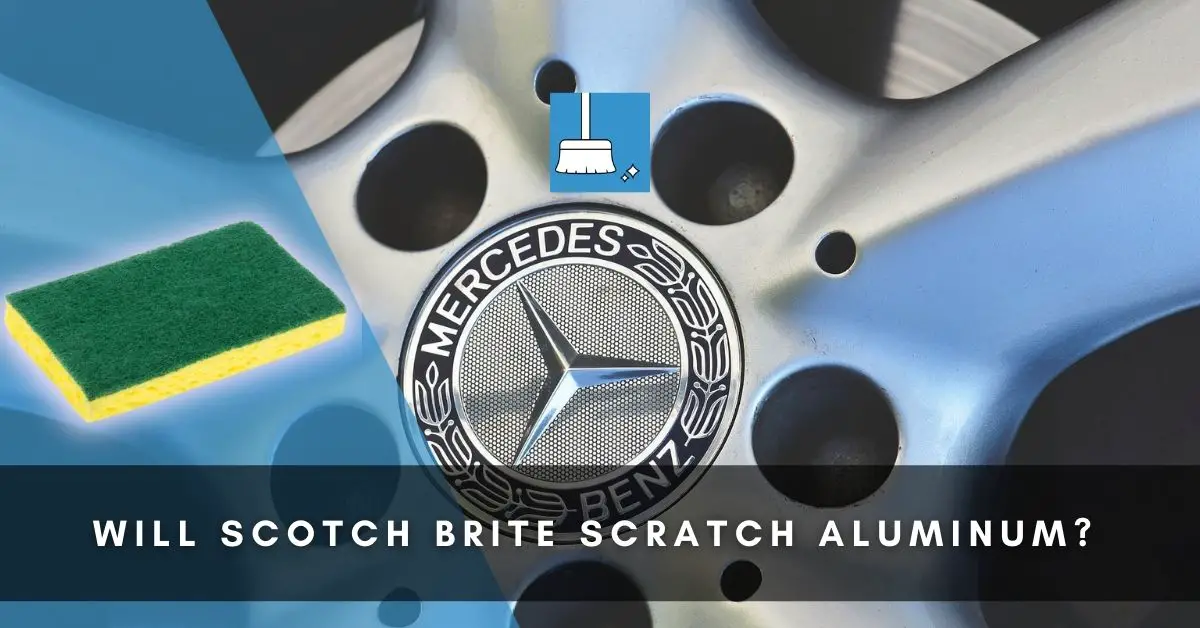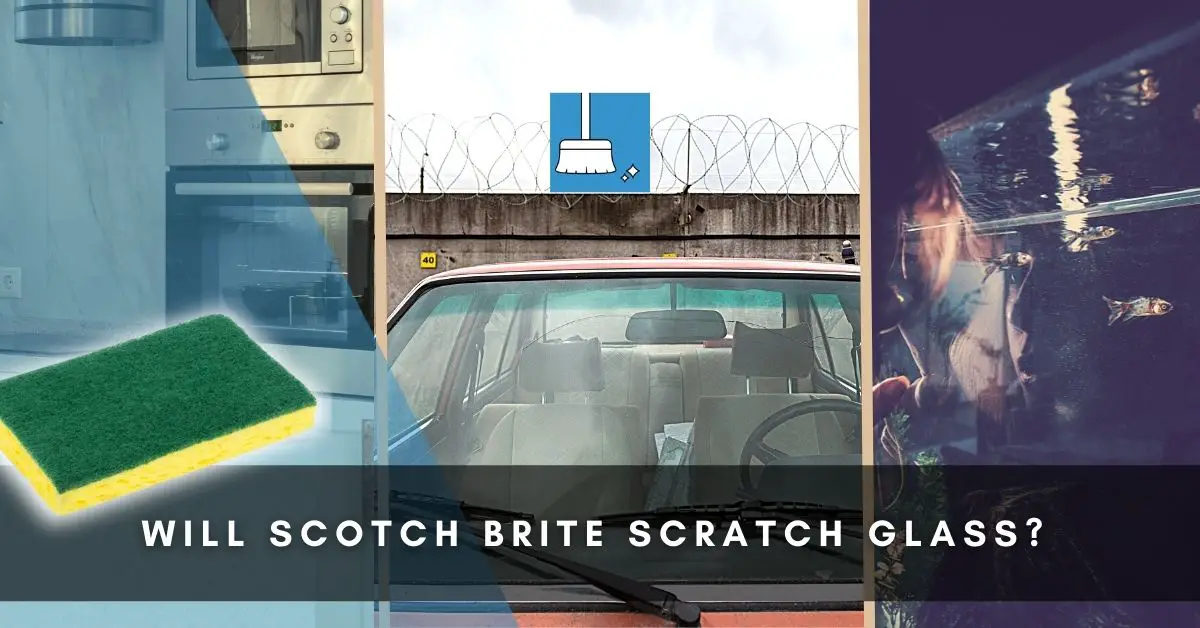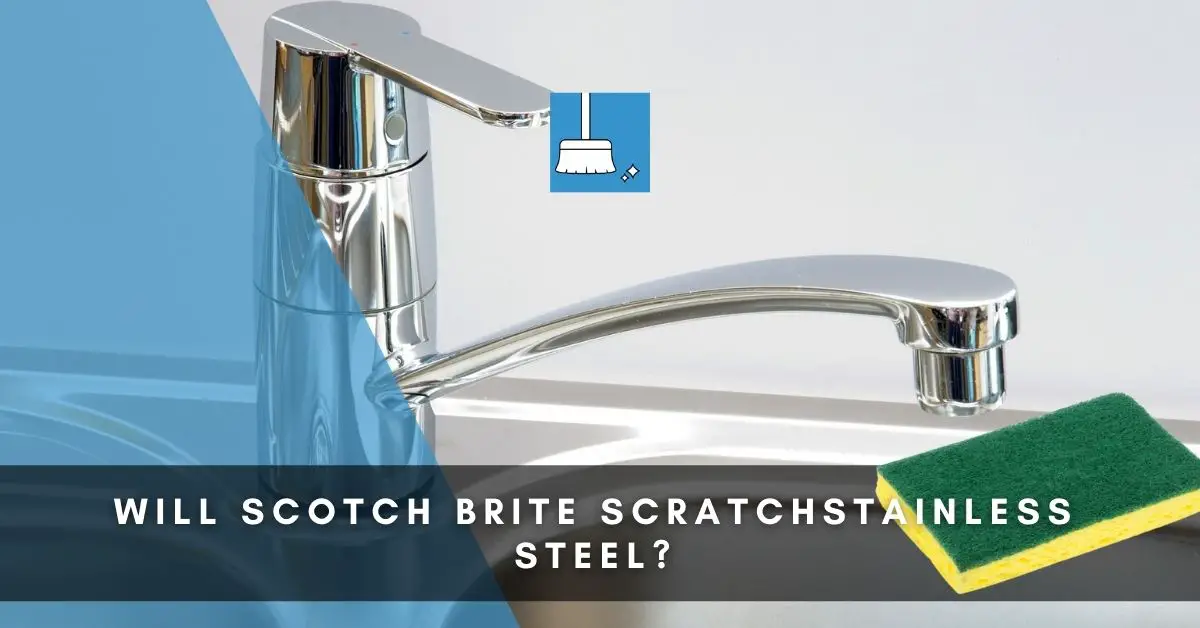Sometimes we desperately need to disinfect our surfaces, and we may be tempted to reach for bleach and mix it in with other multi purpose cleaners (such as Mr. clean), to create a more effective and disinfecting solution. Let’s see if this is a good idea.
Can You Mix Bleach with Mr. Clean?
You should not mix bleach with Mr. clean Multi surface Cleaner. Doing so will will normally have a very slow reaction but the chlorine gas produced (as a by-product of this reaction) reduces the air quality in a room and poisons your respiratory system, making it hard to breathe.
How Does Each Ingredient React with Bleach?
Water is the base in whihch all the other ingredients dissolve. Water has no adverse reaction when mixed with bleach.
C9-11 Pareth is used to remove stains, suspend dirt and soils and prevent this soil from reattaching o the surface. It is commonly used as a replacement for ammonia in different products. When mixed with bleach, it may produce chloramines. Coughing, shortness of breath, nausea, etc are common symptoms of inhaling this gas. (Source)
Sodium Carbonate is used to get rid of grease stains on surfaces. It is commonly used as a bleach activator and when mixed with bleach, it can cause a more potent reaction that effectively gets rid of tough stains on surfaces and on clothes. This mixture is commonly made in a lab by professionals and it is not advised to mix the 2 ingredients in a DIY project as the resulting solution may be unstable.
Sodium Hydroxide is added to bleach in small amounts to slow down the decomposition process. Bleach usually already contains traces of sodium hydroxide in it and mixing them together may produce a solution with no reaction. It will not add or take away from the effectiveness of the bleach.
Citric Acid is added to products to balance out the pH. When mixed with bleach creates a very toxic solution that reacts to produce chlorine gas. This greenish gas is potentially lethal and should not be inhaled.
If you notice that a gas is being produced after mixing the two ingredients together, ensure that you confine it in a well-ventilated area, or better yet, take it outside where it can escape without harming anyone. Once the reaction subsides, pour it down the drain or flush it down the toilet. Ensure that the mixture doesn’t get in contact with your skin.
Pentasodium Pentetate is added to reduce the hardness of water and when mixed with bleach, it doesn’t have any adverse reaction when mixed with bleach.
Benzisothiazolinone is a preservative that prevents the growth of fungi and microorganisms in water-rich products. When mixed with bleach, it does not have an adverse reaction. However, since some people are sensitive to benzisothiazolinone and get irritated skin when they come in contact with it, bleach may increase your sensitivity to the product.
Colorants are only used to add the desired color to products and have no adverse reaction with bleach.
Fragrances are used to give a certain product its desired scent and doen’t have an adverse effect when mixed with bleach.
Therefore, Citric acid and C9-11 Pareth are the two ingredients that react adversely directly with bleach.
Does Mr. Clean Contain Any Bleaching Agent?
Mr. Clean does not contain any bleaching agents. Their range of products does not utilize the cleaning power of chlorine or ammonia and instead has sodium hydroxide as the main agent used to clean and sanitize surfaces.
What Household Cleaners Should Not Be Mixed with Bleach?
1- Ammonia
The reaction between the two produces chloramine, which is a toxic gas that can cause pain in the chest when inhaled, a bloody nose, pain in the sinuses, coughing and even nausea. In high concentrations, it may even cause death. (Source)
2- Acetone
This mixture will produce chloroform gas, which when inhaled will make you feel dizzy and pass out within minutes. When the solution is left to keep reacting, it could completely replace the air in a room and could potentially kill those inside. (Source)
3- Vinegar
A solution of bleach and vinegar produces a pungent chlorine gas that is greenish in color. If you notice this gas being produced after you create the mixture, leave the room immediately. If it is still in a confined area such as a bucket, take it out of the house and let the reaction fizzle off on its own.
Inhaling this gas will cause a strong feeling of nausea, a headache, pain in the sinuses, trouble breathing and you may even feel dizzy. (Source)
4- Hydrogen peroxide
When hydrogen peroxide is mixed with bleach, the reaction produces such an abundant amount of pure oxygen that an explosion may occur. (Source)
Final Thoughts!
It is almost never a good idea to mix household cleaners with household bleach. The reaction may be unexpected and potentially toxic. Ensure that you do thorough research on the product ingredients before you decide to mix it with bleach.

